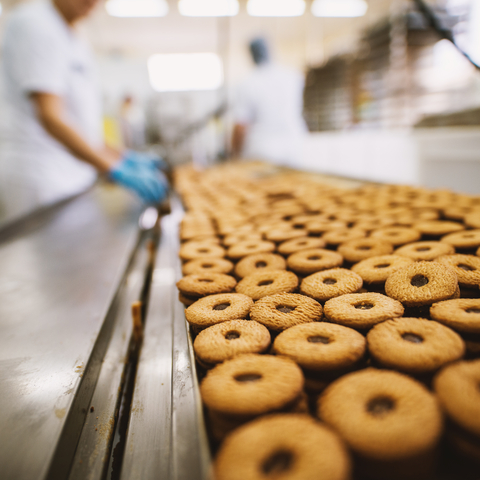Recipe Level Waste
ReciPal has had a waste feature for ingredients in a recipe for a while. Now we've added to it so you can also easily set a waste percentage for an entire recipe.
Waste Happens
We've already written about ingredient waste and how to account for it in some detail. It's useful for accurately capturing your recipe from both a nutritional and cost perspective.
But sometimes you might need to account for waste across an entire recipe, and that was a little tedious when you had to set the same waste level for each ingredient. Now it's quite a bit simpler.
Recipe Waste Explained
Ingredient level waste happens when an ingredient, like a marinade, doesn't all wind up in the final dish. You can set a waste factor to make sure the nutrition information for the finished product doesn't include information for the marinade that wasn't absorbed (but the costs of all that marinade are fully captured).
But if you have something like cake batter, where some portion of it is left in the mixing bowl and doesn't become part of the final cake, the waste can relate to the entire recipe. Before, you had to set a factor for each ingredient in the recipe to get at that kind of recipe-level waste. Now, you can set it in a single field.

The recipe level waste setting is in the totals row, and applies across all ingredients in a recipe.
When you set the recipe level waste you'll see the grams column get updated (and highlighted) for each ingredient. It effectively removes a portion of each ingredient from the recipe, and the grams column reflects that change.
More Flexibility (And Examples!)
You can also set both ingredient and recipe waste levels in different combinations. The software will compound the waste factors, which means it will calculate the ingredient-level waste first and then apply the recipe-level waste factor to what's left.
In actual numbers, if you start with 1000 grams of ingredients in your recipe and set a 10% waste factor for each ingredient and a 10% waste factor for the entire recipe, ReciPal will take 10% off the initial 1000 grams and then 10% off the remaining 900 grams so that you'll end up with 810 grams of ingredients contributing to the nutrition information.
And if you set different ingredients with different ingredient waste levels, they will each take their waste into account first, and then the recipe level waste. One example of this is if you have a multistep recipe, where not all ingredients are mixed together initially, but then combined later where there is waste across everything together.
Final Thoughts
We really love the recipe level waste feature and use it all the time for clients. And we hope you like it too! Let us know if you have any questions or comments on it below.






